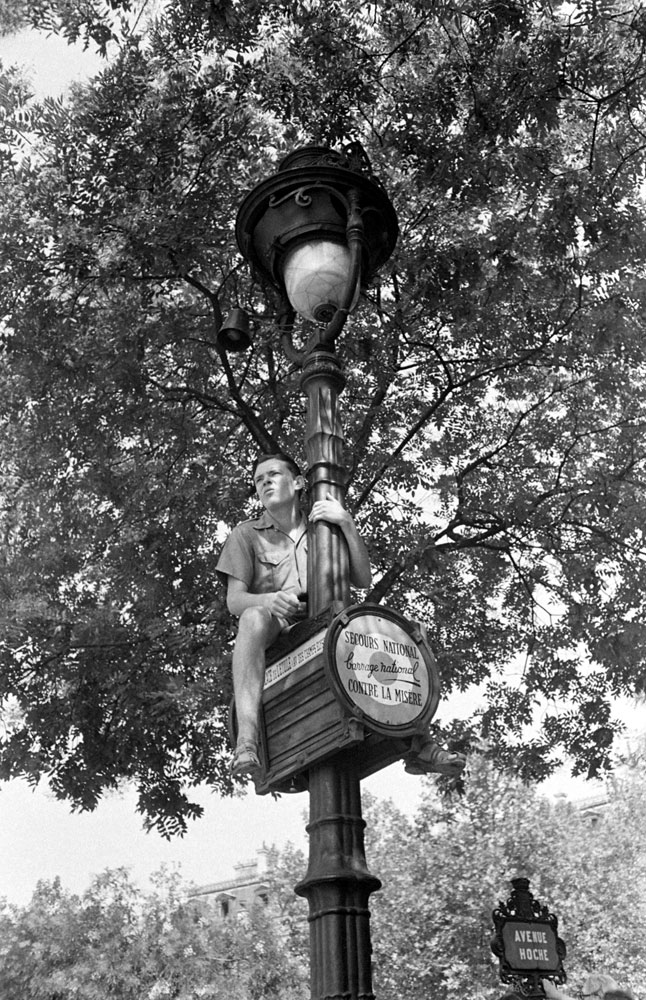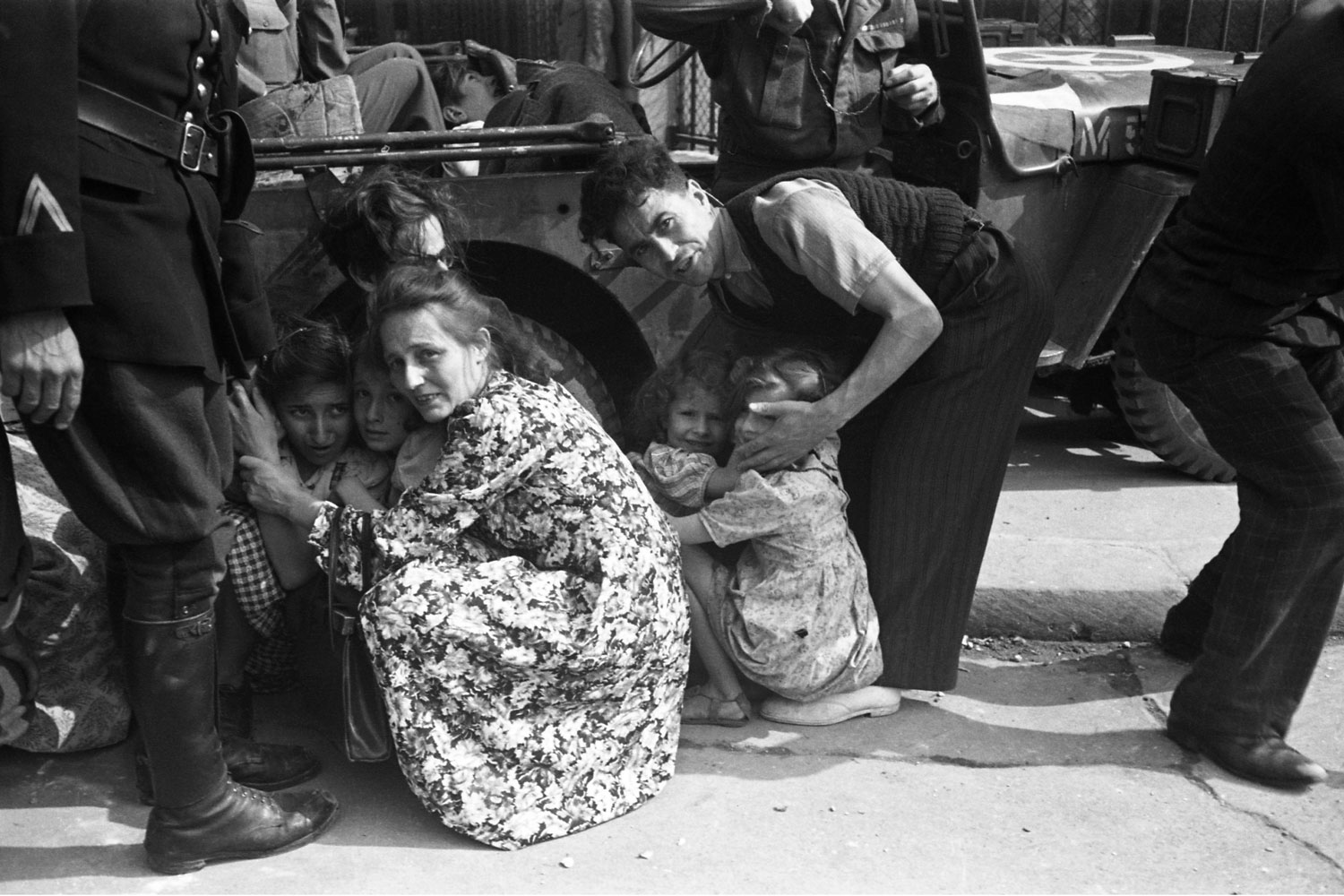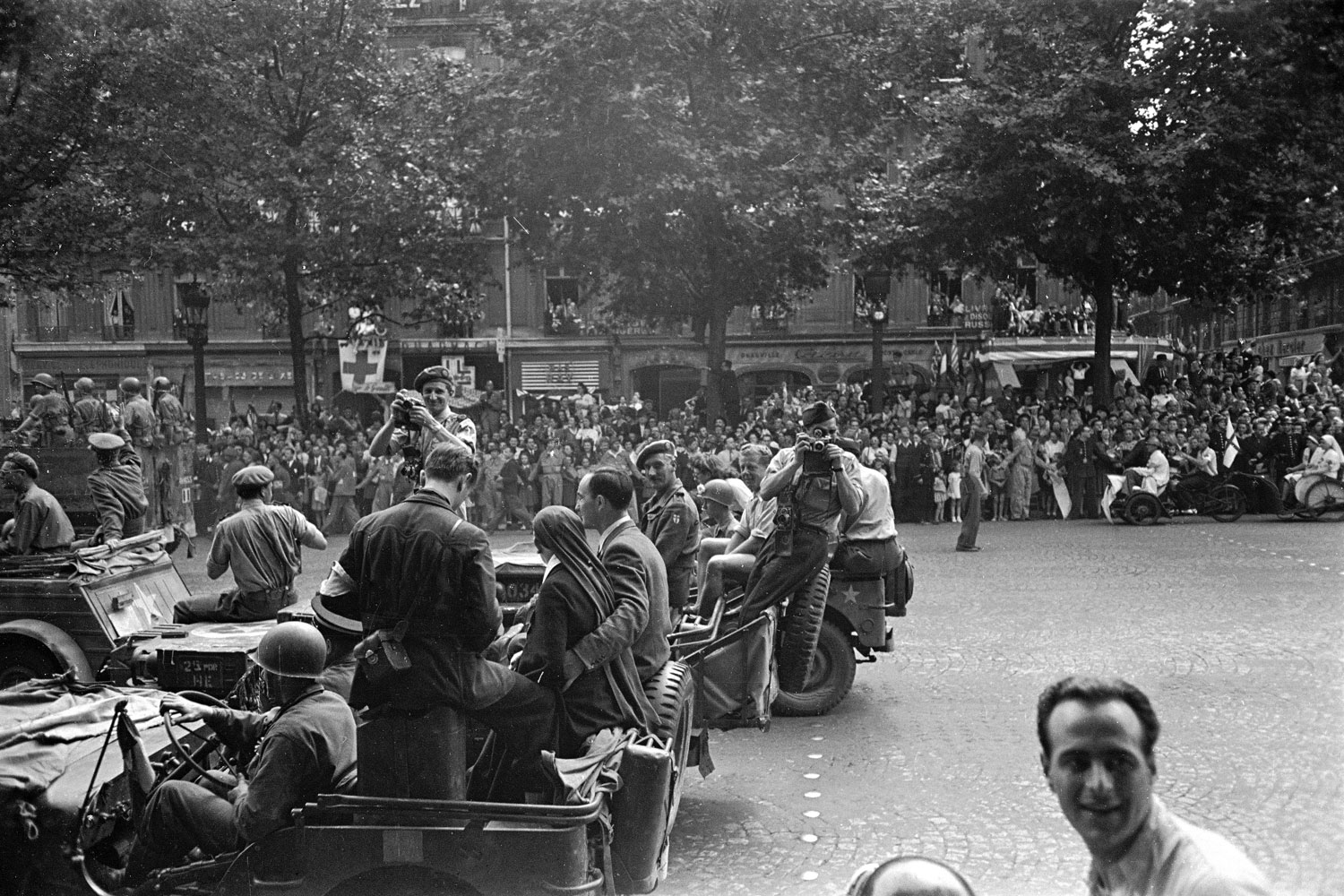
It was “the news that made the whole free world catch its breath”: as the summer of 1944 approached a close, the Nazi-occupied city of Paris was liberated by Allied forces. The first American reporter to enter the city, per TIME’s account, was the magazine’s own chief war correspondent, Charles Christian Wertenbaker, who was traveling with LIFE photographer Robert Capa. They “drove into Paris with eyes that would not stay dry, and [were] no more ashamed of it than were the people who wept as they embraced us,” Wertenbaker wrote.
This week, as the whole free world once again attempts to catch its breath in the wake of Friday’s wave of terror in that same city, Wertenbaker’s first-hand report from that day is as moving as it was more than 70 years ago.
While reporting the step-by-step process of liberation, he also took the time to reflect on the resilience of the city. Even as the fires of war still smoldered, he could tell that the violence would not dim the legacy of a place that the magazine called “the city of all free mankind”:
De Gaulle is at the War Ministry, still nursing his sore throat. German prisoners are paraded through the streets, frightened but mostly well treated. Snipers are still shooting. The Chamber of Deputies on the Quai d’Orsay is still burning. But Paris is not badly damaged. When the last German is killed or captured, Paris will still be Europe’s most beautiful city and Paris will again be French.
The journalist and the photographer had entered the city too late to see the French flag and the flag of the nation’s American allies hoisted together over the Eiffel Tower, or to hear the people singing the national anthem in the streets, but he did see the faces of the citizens shortly after and felt that it was “perhaps enough for one day.”
The people of Paris were “proud, dignified and once more free”—and no violence on the doorsteps could change that.
Read the full story, here in the TIME Vault: Paris is Free – Merci! Merci! Merci!
LIFE at the Liberation of Paris: A Photographer’s Story









More Must-Reads from TIME
- Why Biden Dropped Out
- Ukraine’s Plan to Survive Trump
- The Rise of a New Kind of Parenting Guru
- The Chaos and Commotion of the RNC in Photos
- Why We All Have a Stake in Twisters’ Success
- 8 Eating Habits That Actually Improve Your Sleep
- Welcome to the Noah Lyles Olympics
- Get Our Paris Olympics Newsletter in Your Inbox
Write to Lily Rothman at lily.rothman@time.com